Preliminary Designs
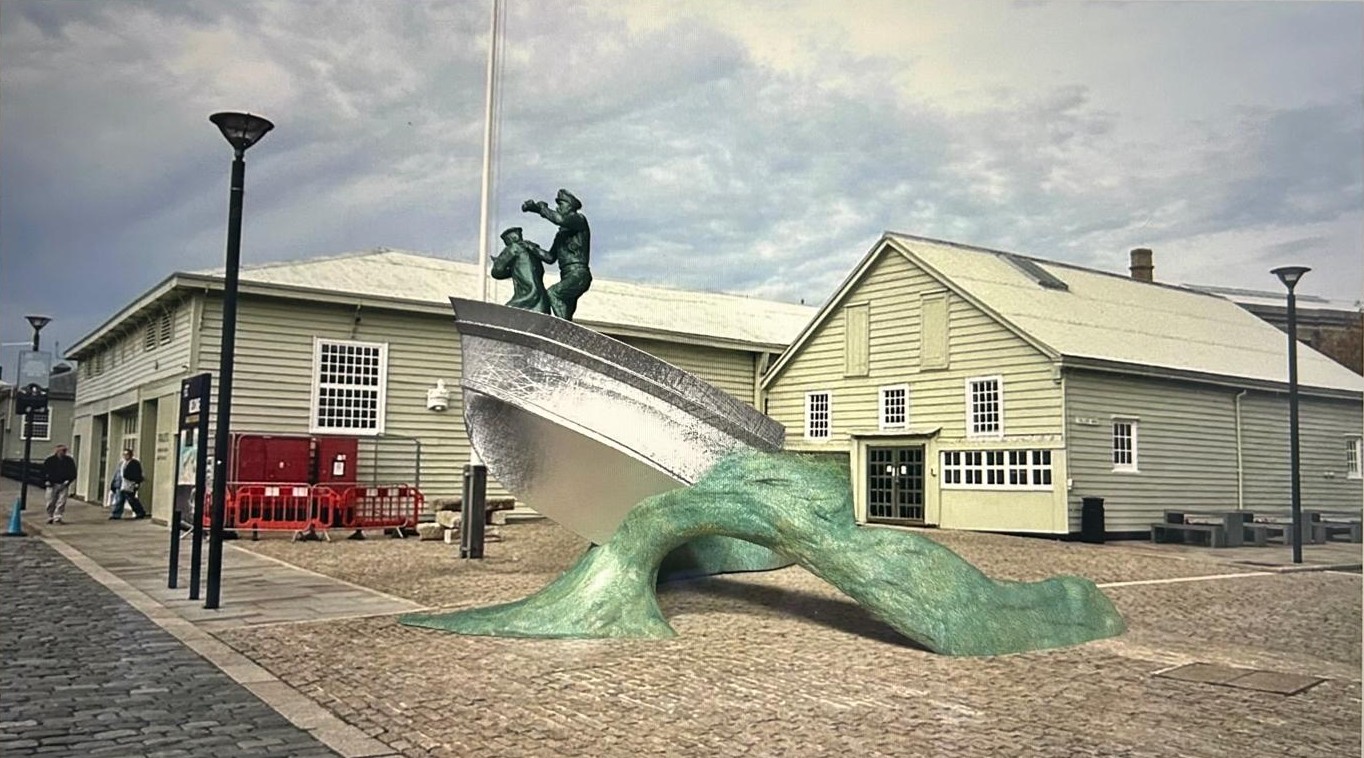
This scale model was created in a 3D imaging programme working with two of Amy’s scanned maquettes and the original drawings of the Gunboat. It was then 3D printed and has been rendered in verdigris bronze and zinc in this visual to give Amy and the team some ideas of how it might look in situ at Victory Gate. At this stage, nothing is ‘fixed’ as she experiments with different trim angles and wave patterns – and materials. In parallel, she is busy sketching ideas for carvings and figures, whilst working alongside the boatbuilders and structural engineers who are concentrating on some of the practical aspects – how to fit it all together and make it last a century or two! The finished article will stand roughly 4 metres tall and have a ground footprint of 25 square metres. We can’t think of many ‘maritime’ sculptures on this scale – can you?
The structure will incorporate seating and a number of carvings providing additional drama and information. The location, at a natural meeting point inside the dockyard gate in the Portsmouth Historic Quarter, provides extensive opportunities for public interaction.
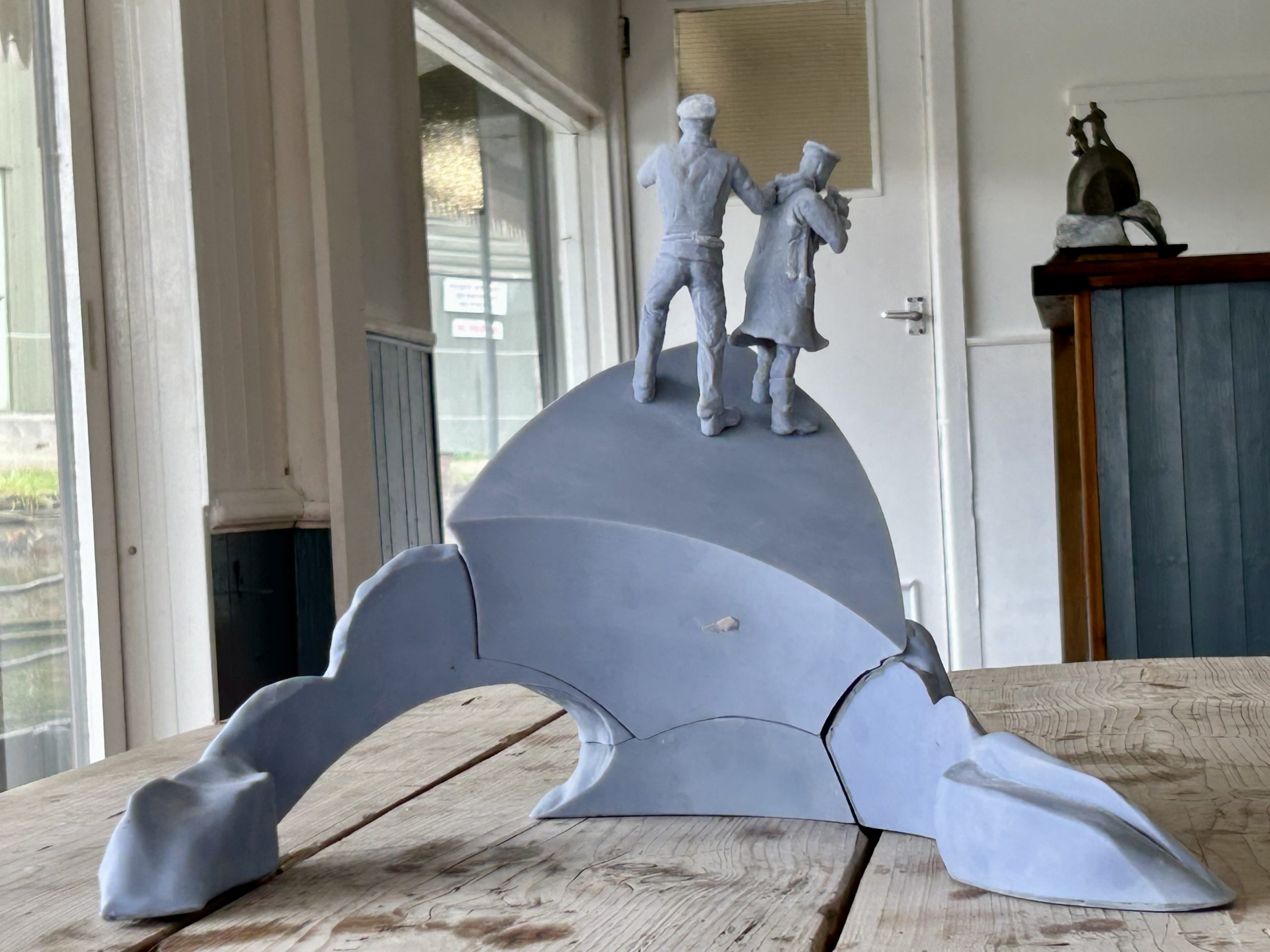
The main sculpture will have the two figures on the bow of the boat looking towards Portsmouth Harbour, the British Military Powerboat Collection and the Night Hunter Exhibition across the water. The signaller is using an Aldis lamp to communicate with a WRNS signaller who will be stood next to Boathouse No 4.
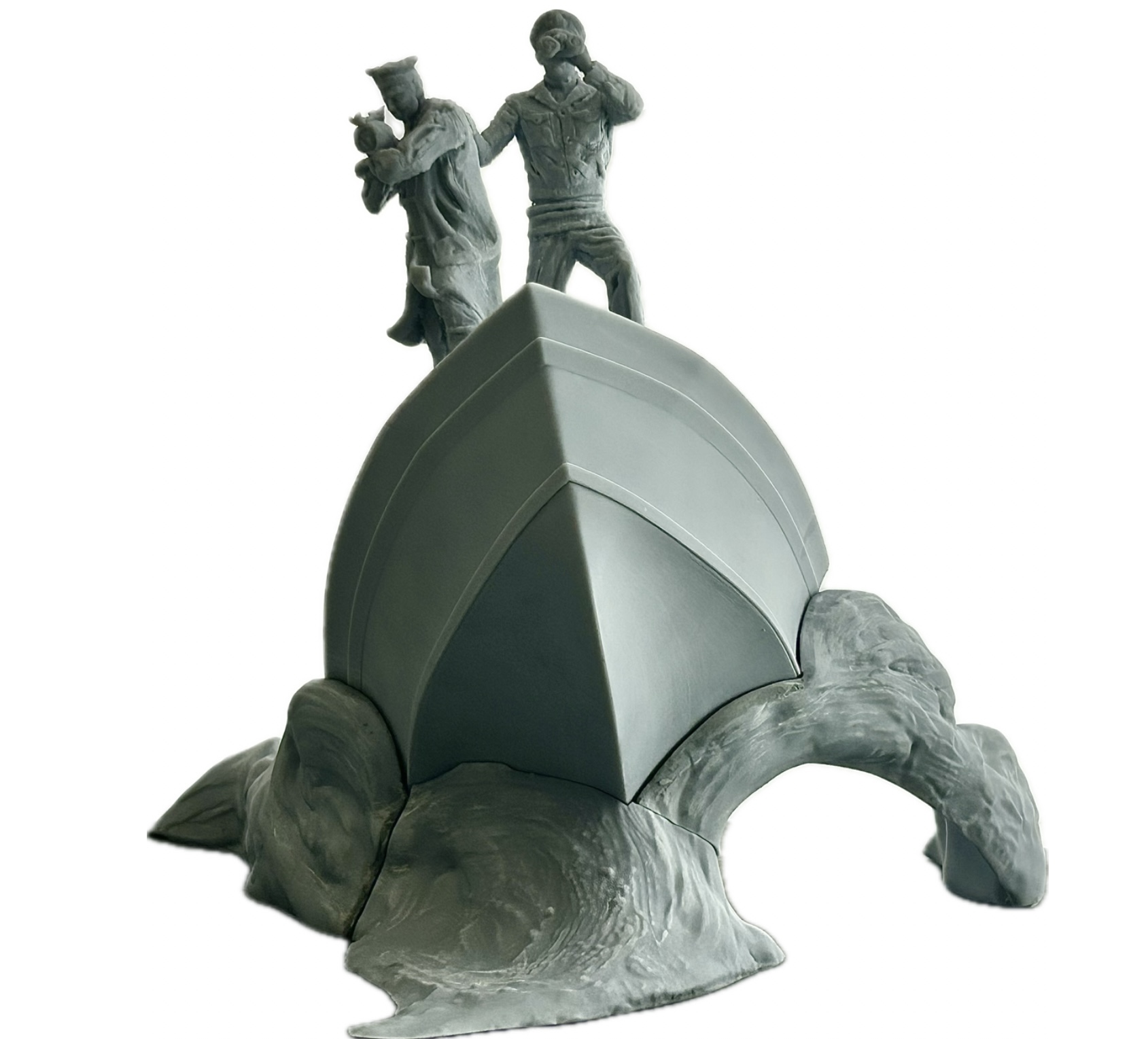
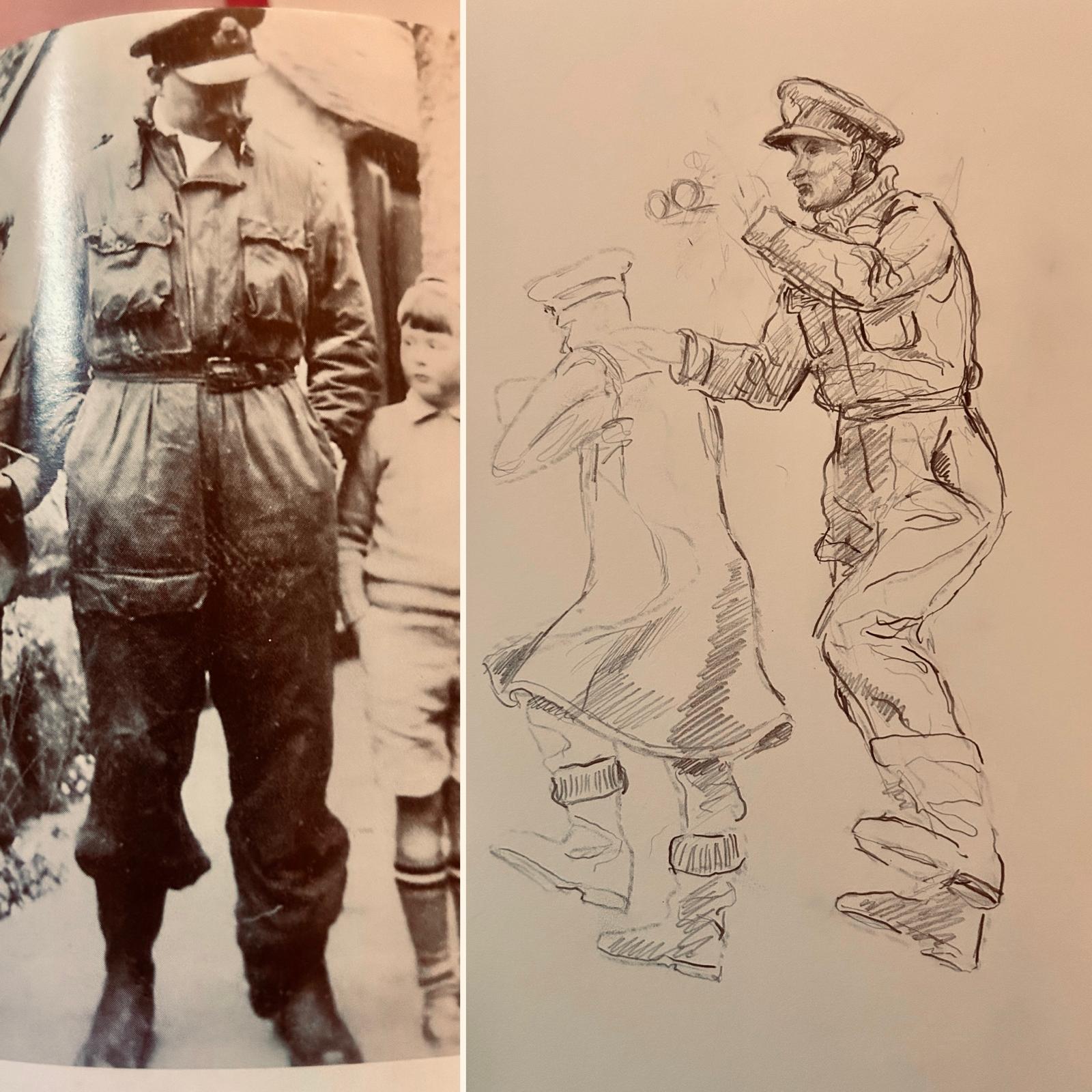

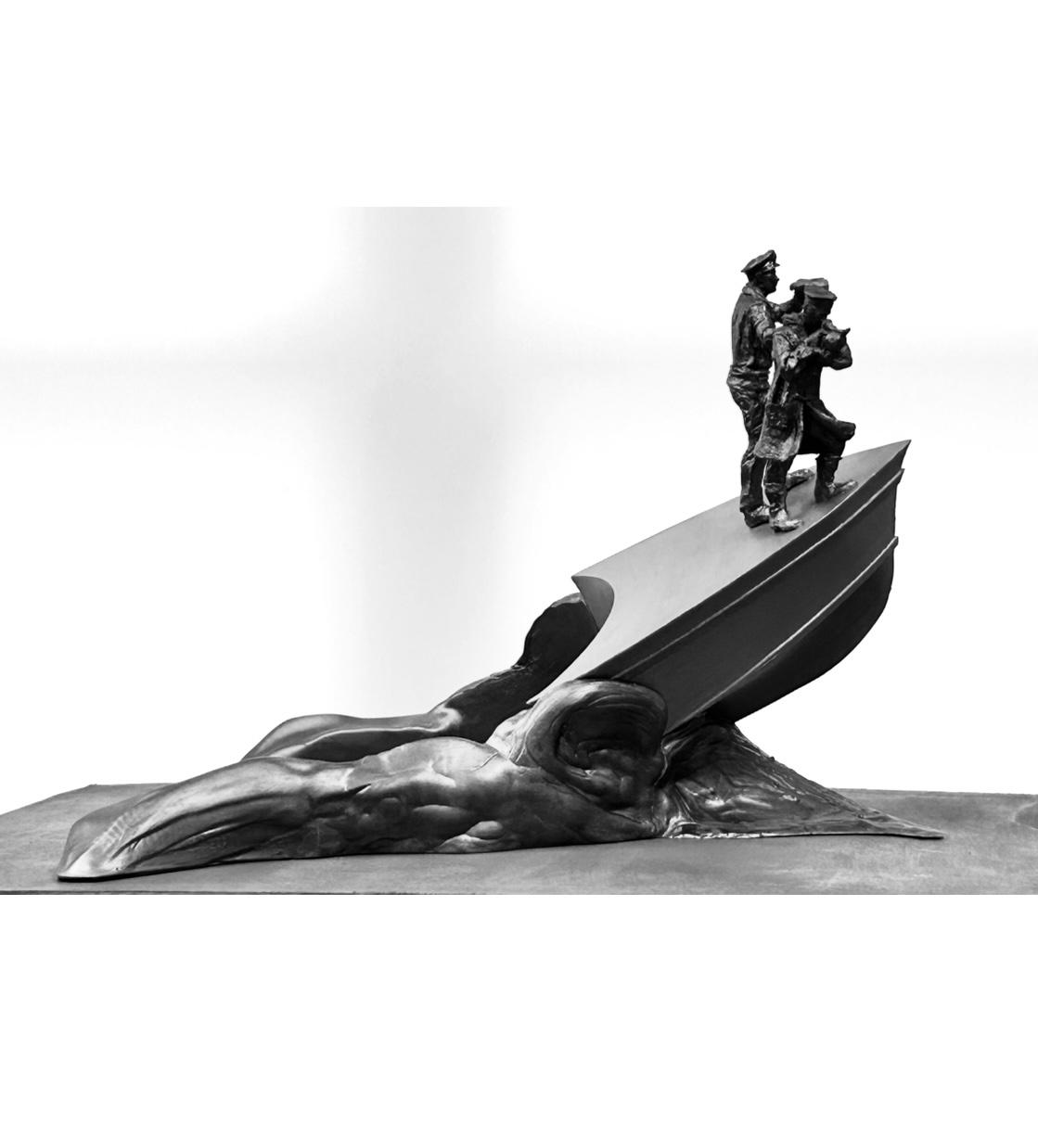
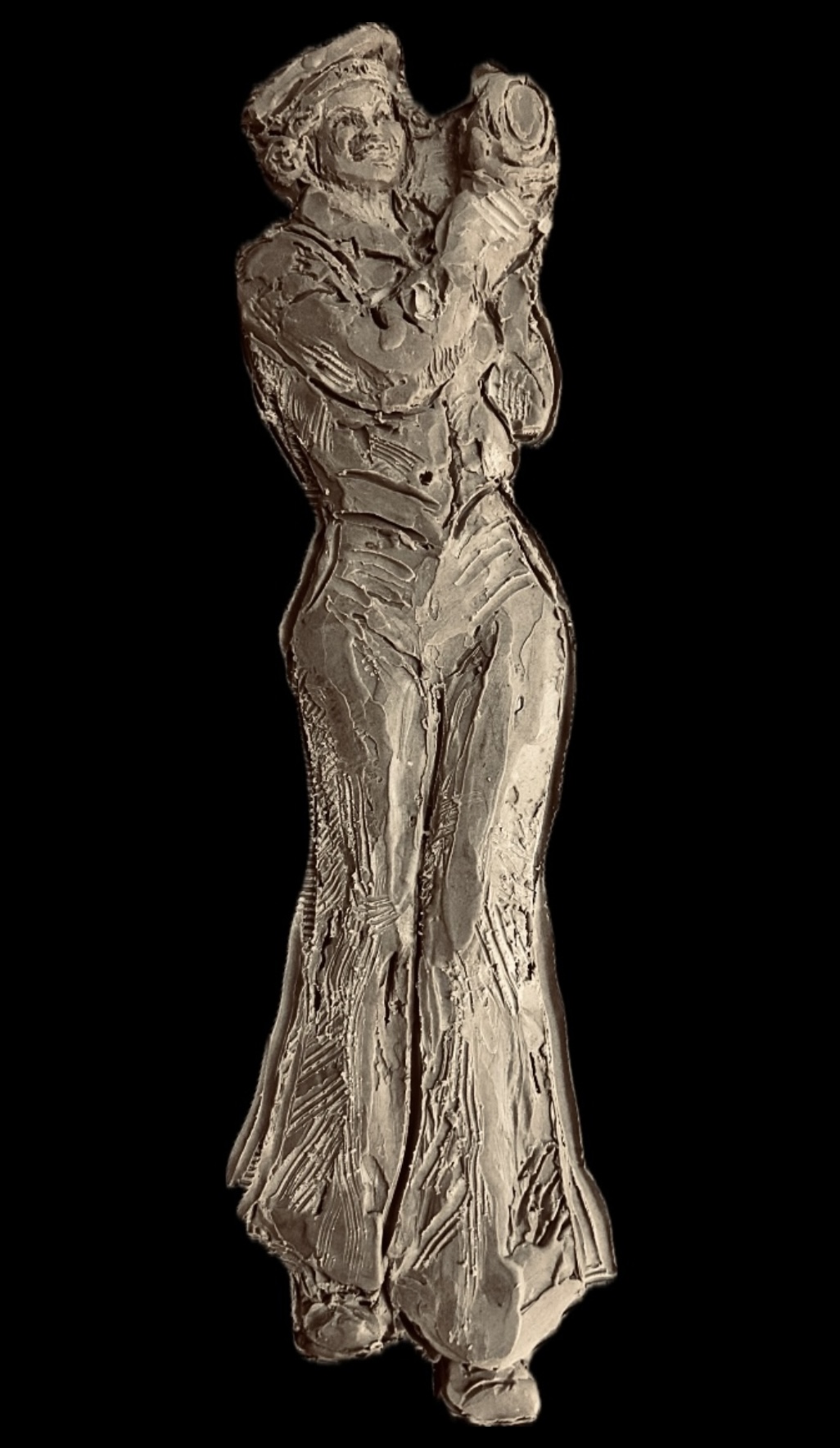
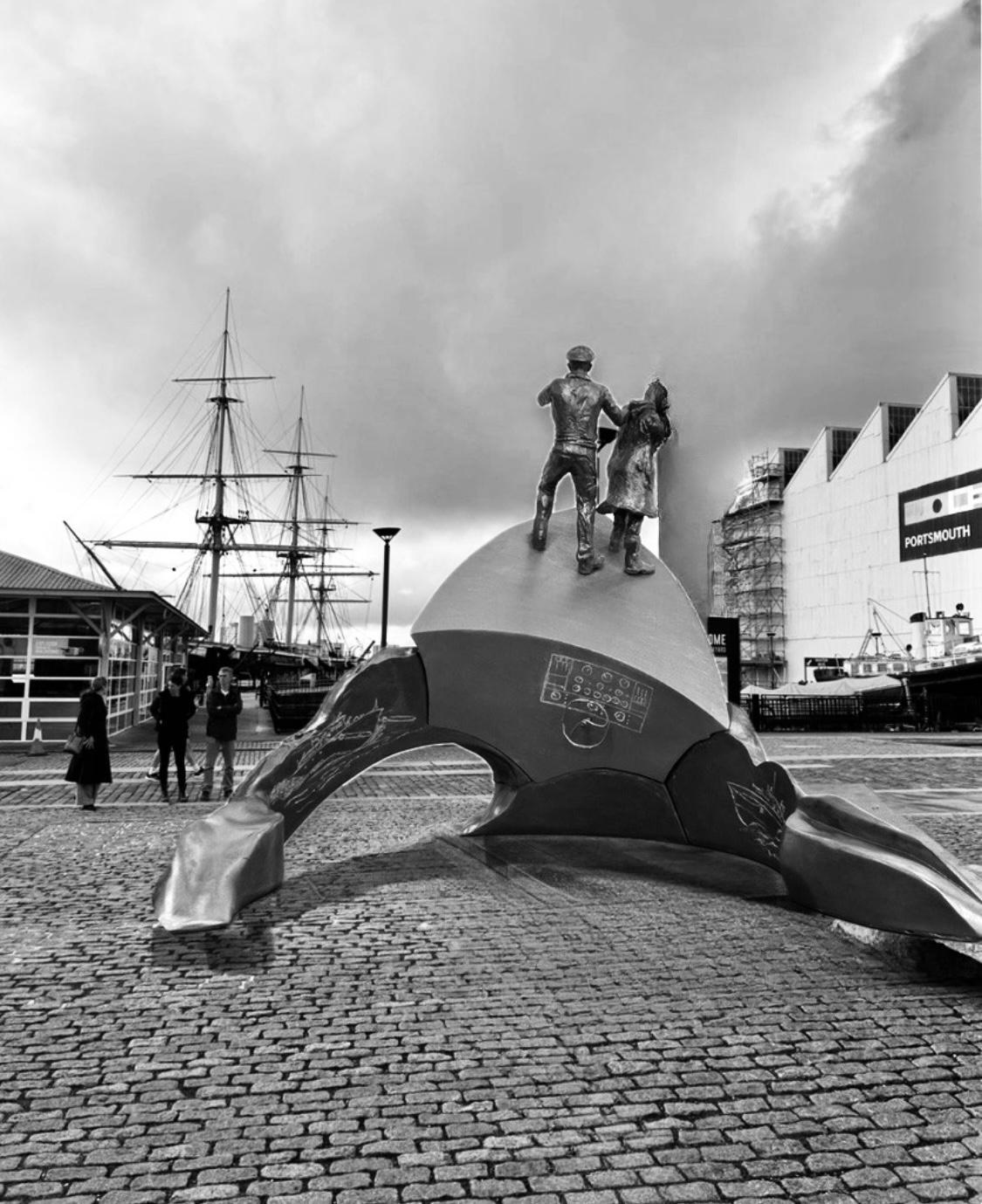
Our Target
To deliver this monument, we need £250,ooo by November 2026
